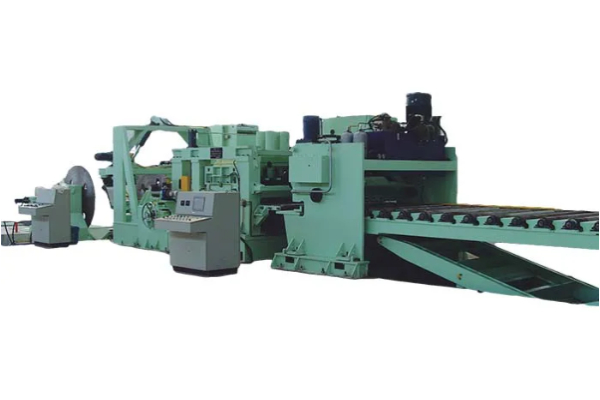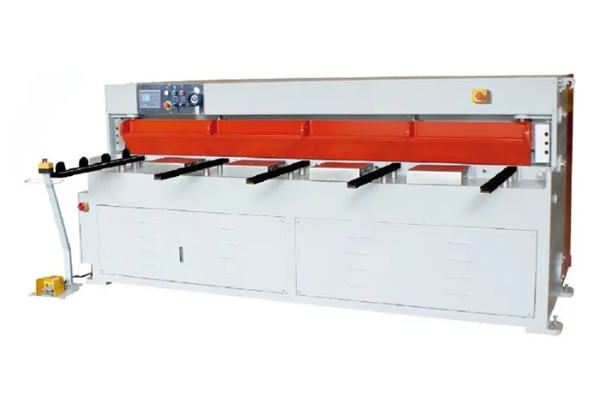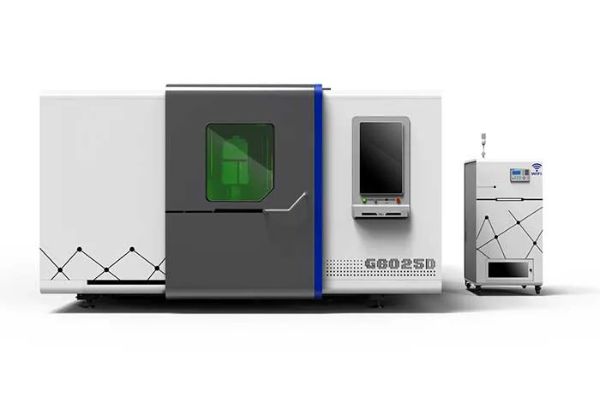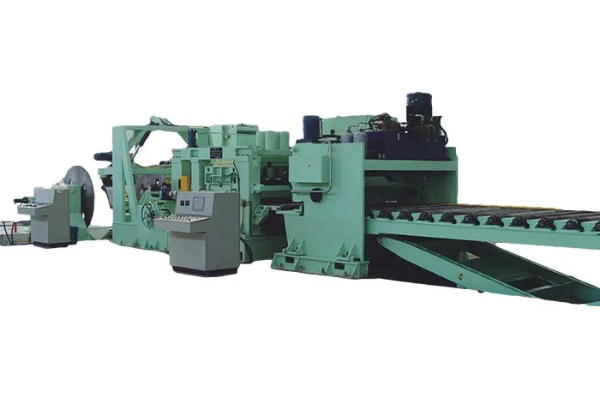
Maintenance Best Practices for Metal Plate Bending Machines
- By:Metmac
- 2024-07-10
- 141
To ensure the longevity and optimal performance of metal plate bending machines, it is crucial to implement a comprehensive maintenance program that encompasses regular inspections, lubrication, and adjustments. By adhering to best practices in maintenance, businesses can minimize downtime, enhance productivity, and extend the lifespan of their machinery.
Routine Inspections
Regular inspections are foundational to preventive maintenance. They involve meticulously examining the machine’s components for wear, damage, or any signs of potential issues. Inspections should cover hydraulic and electrical systems, gears, chains, and bending dies. Early detection of minor issues through inspections allows for timely intervention and prevents them from escalating into costly breakdowns.
Systematic Lubrication
Proper lubrication is essential for minimizing friction, reducing wear and tear, and extending component life. Specific lubrication points must be identified and lubricated at prescribed intervals using appropriate lubricants recommended by the manufacturer. Regular lubrication ensures smooth operation of bearings, gears, and other moving parts, minimizing downtime and enhancing machine efficiency.
Precision Adjustments
Maintaining optimal performance requires regular adjustments to ensure accurate bending results. Adjustments cover calibrating and aligning various components, including bending beams, dies, back gauges, and linear encoders. Precision adjustments minimize bending discrepancies, maximize precision, and enhance the overall quality of finished products.
Preventive Maintenance Schedules
Establishing a structured preventive maintenance schedule is key to proactive maintenance. This schedule outlines specific maintenance tasks, intervals, and responsible parties. Adhering to the schedule ensures that all maintenance activities are performed consistently and on time, preventing neglect and ensuring the machine’s reliability.
Training and Documentation
Proper maintenance requires well-trained operators and technicians who understand the machine’s intricacies. Regular training programs ensure that maintenance personnel are up-to-date on best practices and safety protocols. Thorough documentation, including maintenance logs and inspection checklists, provides a detailed record of all maintenance activities, facilitating troubleshooting and serving as a reference for future maintenance.
Spare Parts Management
Having a strategic inventory of spare parts is essential for minimizing downtime in the event of unforeseen failures. Critical components, such as hydraulic pumps, electrical motors, and bending dies, should be readily available to replace faulty ones promptly. Proper storage and management of spare parts ensure their availability when needed.
Conclusion
By implementing these maintenance best practices, businesses can reap significant benefits, including increased machine uptime, enhanced productivity, reduced maintenance costs, and extended equipment lifespan. Regular inspections, systematic lubrication, precision adjustments, preventive maintenance schedules, training, documentation, and spare parts management form a comprehensive approach to ensure the optimal performance of metal plate bending machines, maximizing their value and contribution to business operations.
-
Advanced Sheet Metal Rolling, Cutting, and Folding Machines for Efficient Fabrication
2025/10/22 -
High-Precision Sheet Metal Bending and Cutting Solutions for Modern Manufacturing
2025/10/22 -
High-Precision Solutions from Leading Sheet Metal Cutting Machine Manufacturers
2025/09/11 -
Reliable Sheet Metal Equipment for Sale to Support Precision Fabrication
2025/07/17
-
Advanced Sheet Metal Rolling, Laser Cutting, and Folding Machines for Precision Fabrication
2025/10/31 -
High-Performance Sheet Metal Bending and Cutting Machines for Modern Fabrication
2025/10/31 -
High-Quality Sheet Metal Equipment for Sale: Efficient Solutions for Modern Manufacturing
2025/10/31 -
High-Performance Sheet Metal Equipment for Sale: Forming and Shearing Solutions for Modern Fabrication
2025/10/22
-
A Guide to the Latest Innovations in Sheet Metal Folding Machines
2024/11/29 -
Key Features to Consider When Investing in a Sheet Metal Folding Machine
2024/11/28 -
Enhancing Precision with Advanced Sheet Metal Folding Machines
2024/11/27 -
How to Choose the Right Sheet Metal Folding Machine for Your Workshop
2024/11/26






